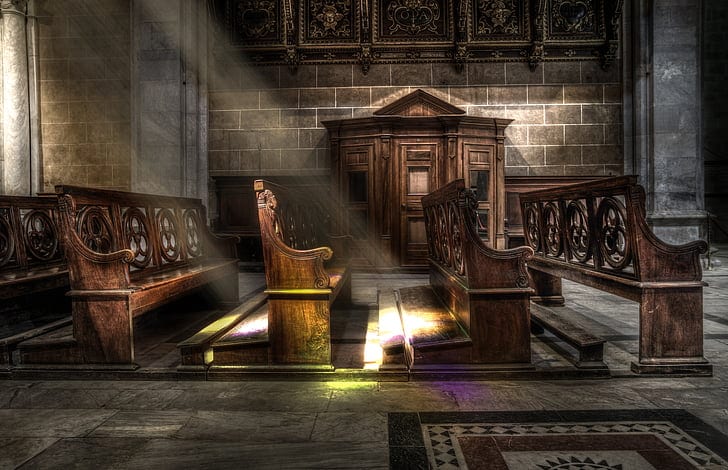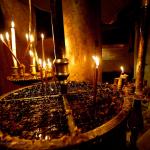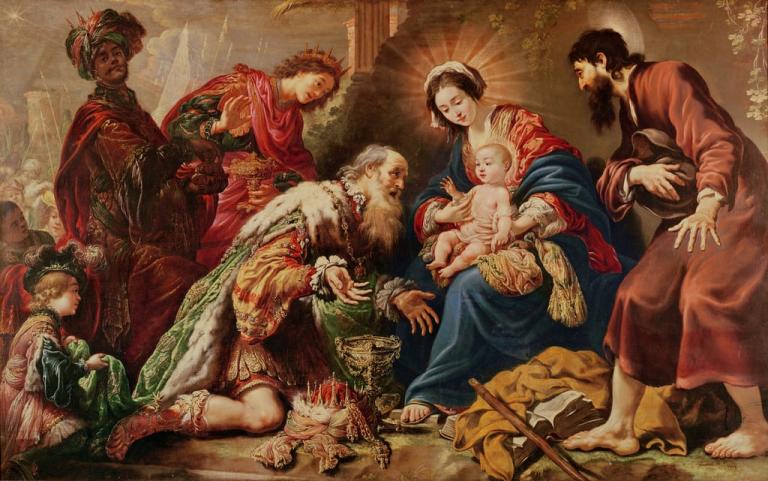Here’s a little gem for the upcoming Epiphany.
According to J.R. Watson:
“Its simplicity of stanza form and its predictable rhymes and rhythms conceal an art which is unobtrusive and economical: the first three verses all begin with an extended simile, “As,’ then inviting the singer to transfer the episode of the wise men into his or her own life, using the word “So.” There is then a graceful transition from earthly things to heavenly ones, following the pattern of a Collect in the Book of Common Prayer.
You know this tune most likely from its association with another hymn, “For the Beauty of the Earth,” but though William Chatterton Dix disliked it, it takes its name from the author of “As with Gladness.”
This is Uncle Gerre Hancock playing organ and leading the St. Thomas Episcopal Church in New York, so be prepared for things to sizzle around stanza 3.
And here’s St. John’s in Detroit, which I include because they sing the lovely 5th stanza from the venerable Hymnal 1940.
As with gladness men of old
did the guiding star behold;
as with joy they hailed its light,
leading onward, beaming bright;
so, most gracious Lord, may we
evermore be led to Thee.
As with joyful steps they sped
to that lowly manger-bed;
there to bend the knee before
him whom heaven and earth adore;
so may we with willing feet
ever seek the mercy-seat.
As they offered gifts most rare
at that manger rude and bare;
so may we with holy joy,
pure and free from sin’s alloy,
all our costliest treasures bring,
Christ! to thee, our heavenly King.
Holy Jesus! every day
keep us in the narrow way;
and, when earthly things are past,
bring our ransomed lives at last
where they need no star to guide,
where no clouds thy glory hide.
In the heavenly country bright,
need they no created light;
thou its light, its joy, its crown,
thou its sun which goes not down;
there forever may we sing
alleluias to our King.
– William Chatterton Dix, 1860














